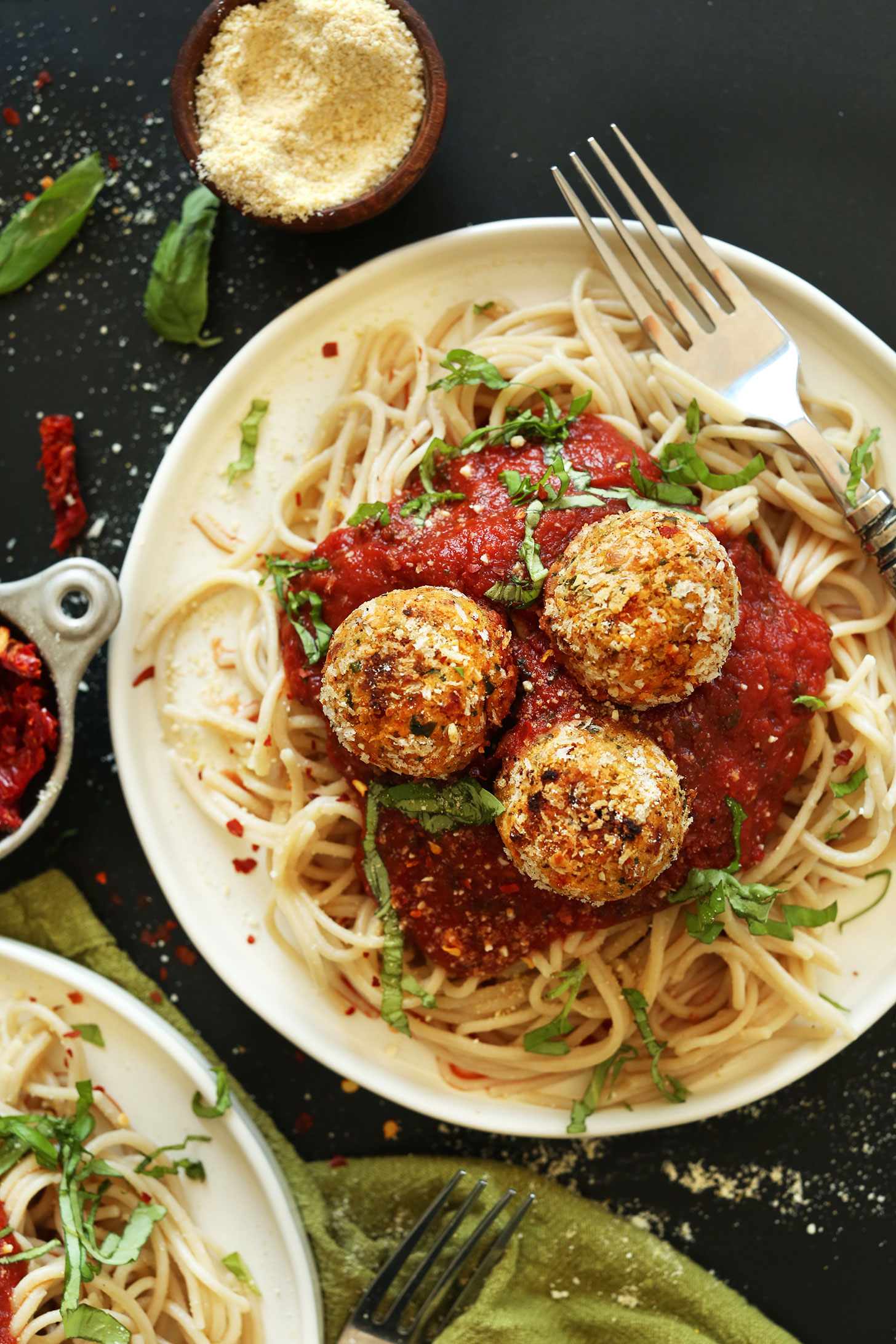Learn to make the perfect Italian dish, time after time!
Sure, you hear everyone talk about how easy it is to make pasta, but when it comes to preparing it yourself you always seem to come out with noodles that are rubbery or mushy. The ability to cook perfect pasta is actually a gift and one that should not be taken for granted. You can learn this skill too. Here are ten helpful tips to help you on your way to mastering this very desirable skill.
1. Oil is NOT Necessary
The last thing you want is to serve greasy pasta. There may not be anything as gross. That’s exactly what will happen when you add oils to the water you are boiling your pasta in. Not only that, but the sauce will slide off the noodles, defeating the entire purpose of an excellent gravy (an Italian-American term for marinara) that was prepared with care.
2. Use the Right Amount of Water
A good rule to rely on is to add three liters of water to every 250 grams of pasta. This will provide enough cold and fresh water that gives the noodles plenty of room to swim around freely even after they get heated and expand. The right amount of water also serves to balance the heat so that it may return to boil quickly after the pasta is added.
3. Season with Salt
There’s no need to be conservative with the salt. In fact, you should add enough that the water tastes like salt water from the sea – literally. After all, this stage is the only opportunity you have to season the pasta itself. You want the salty flavor to penetrate it, so add a minimum of one tablespoon of salt to every three liters of water. This should do the trick just fine, but season to taste just to be safe.
4. Bring to a Boil First
Before adding pasta, bring the water to a rapid boil. The starches that make up the pasta instantly absorb liquids so it is necessary to have the water temperature exceptionally hot so that it may begin cooking the noodles properly. Have you had noodles come out overcooked and soggy like I have so many times in the past? That’s because we didn’t realize that we added the noodles too soon.
5. Drop then Stir
The moment the pasta enters the water you need to start stirring. Since the pasta is prone to sticking, stirring it will keep it all in motion – this should prevent them from adhering together. Not only will they not attach to each other but the noodles won’t bond to the sides of the bottom of the pot, either. Continue to stir occasionally during the cooking.
6. Follow the Directions
On the pasta’s package are likely a set of instructions. Be sure to follow the cooking times set forth and suggested. There’s a multitude of ways to check if the pasta is cooked right, but the first is to simply read the package. No matter the brand, listed somewhere a proper cooking time is printed. If they’re long thin noodles they will likely cook faster than the smaller pasta that is denser. A good rule of thumb is to start testing the pasta about two minutes before the time indicated. Ideally, it will be tender yet firm. Remove it slightly before it’s done if you are going to further cook it in a pan with sauce, this will allow it to reach perfection in such circumstance.
7. Don’t Toss the Water (yet)
For reasons we’ll get into in a moment, at this time you might typically discard your water. Don’t do it. With a ladle fill a bowl with a cups worth of the salted agua just before draining the pasta.
8. How to Drain
Strain the pasta so that most of the water is gone. Afterward, be certain not to ignore the pasta and let it sit and dry off. This could mean ‘game over’ for your meal as the starch will harden and the pasta will stick as it cools.
9. Enhance the Sauce
Now, take that bit of water you saved and add it to the sauce. It’s perfect for when you add the noodles because it helps the sauce stick to them more fully. That water has a flavor all its own and it contributes an extra richness while its starch content will help make it all cohesive.
10. Pasta to SAUCE
…in that order! It’s a common misconception to pour the sauce over the pasta. Here’s how it’s done – your sauce should be ready before you cook your noodles. In fact, cooking the pasta should be your last step before making it ready to eat. So keep the gravy warm in a large saucepan and add the noodles to it right after they’ve been strained. Now you’ve got a ready to serve meal sure to satisfy everyone.






